
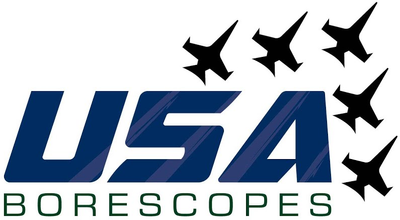
- Home
- Companies
- USA Borescopes
- Articles
- Borescope usage for Safe Nuclear Power ...
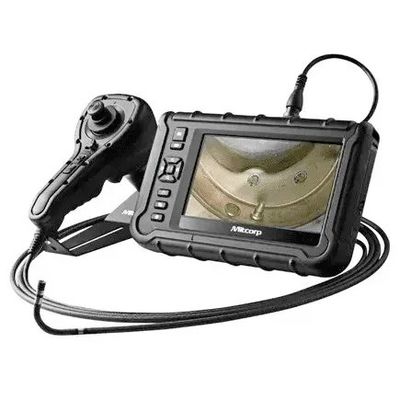
Borescope usage for Safe Nuclear Power Inspections
In the complex environment of nuclear power plants, safety and precision are non-negotiable. Regular and thorough inspections play a major role in ensuring safety and efficiency—but these are often high-risk procedures that involve examining high-radiation, hard-to-reach areas. Because of this, operators require technology that goes beyond traditional methods. In this discussion, we will explore how advanced borescopes ensure safe and efficient nuclear inspections while providing clear imaging, reduced radiation exposure while maintaining full regulatory compliance.
This is where borescopes make a difference. Borescopes are advanced remote visual inspection tools designed to protect workers, minimize downtime, and deliver crystal-clear insights into plant integrity. By combining radiation-tolerant hardware with high-definition imaging and 3D measurement capabilities, these tools allow personnel to carry out rapid, non-invasive inspections that are key for maintenance and early detection of issues.
From inspecting reactor vessels to containment areas, borescopes play a pivotal role in efficient, compliant, and safe operations.

Over the past decades, nuclear power plant safety has developed significantly, also thanks to the technological advances that have enabled safe, thorough, and remote inspections.
In environments where direct human access can be dangerous or impractical, these technologies, such as borescopes, have become indispensable.
These cutting-edge devices allow inspectors to access and examine confined, high-radiation, and hard-to-reach areas without the need for disassembly or significant exposure.
In turn, by making inspections more accessible and safer, these tools help operators stay compliant, spot potential issues early, and ultimately protect both people and assets.
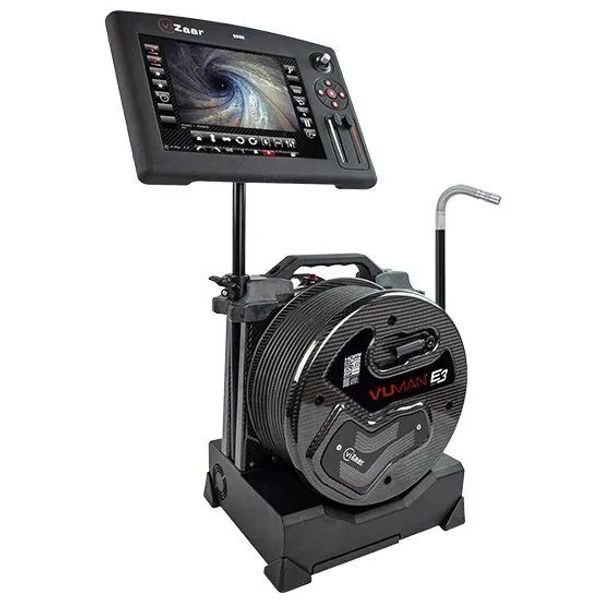
Borescopes are specialized visual inspection tools designed to access areas that would otherwise be hard to inspect or unreachable to capture images or video. These devices are equipped with a thin, flexible tube with a camera and lighting at the tip to navigate and visualize pipes, vessels, and small openings. The high-resolution camera then provides a clear, real-time view of internal structures.
The true value in nuclear environments comes within the ability to deliver detailed visual data—safely, efficiently, and without direct human entry into hazardous locations. This means workers can inspect complex or dangerous spaces without dismantling systems or facing unnecessary exposure to radiation.
Here in the US we refer to a medical borescope as an endoscope, however many other countries will refer to their industrial inspection cameras as endoscopes. Sometimes this can cause a bit of confusion. However, most everyone understands that a videoscope is for industrial purposes only.
The main challenge of a nuclear inspection team is how to gather critical information without exposing personnel to harmful radiation. Traditional methods often place workers in high-risk zones for extended periods, increasing cumulative dose and health risks. Additionally, in the past, operators had to access tight areas, adding to the risk of physical harm.
Borescopes offer an alternative to this issue. By enabling remote inspections, these tools allow staff to stay at a safe distance while capturing detailed visuals of internal components and problem areas.
In the nuclear industry, meeting strict standards and avoiding costly interruptions are top priorities. Borescopes play a key role by:
- Supporting compliance with regulatory requirements (NRC, ASME, and more)
- Delivering high-quality, traceable inspection data
- Enabling the detection of early defect, reducing the likelihood of costly or dangerous failures
- Minimizing plant downtime by allowing examinations that are non-invasive and in-situ.
- Reducing the need of costly downtime and disassembly of complex machinery
- Providing documentation and images for audits and quality assurance
- Shortening outage durations through targeted, real-time assessments
- Allowing quicker return to service and optimized maintenance planning
Modern borescopes are at the forefront of remote visual inspection technology. They are equipped with intuitive but highly complex systems that offer a combination of advanced optics, robust construction, and smart data management. Whether it’s within a reactor, pipeline, or containment area, the right borescope gives inspectors a clear view—without the need for disassembly or in-person exposure.
Radiation-Tolerant Imaging Solutions
One of the biggest technological breakthroughs in nuclear inspections is the development of cameras and borescopes that withstand the harsh effects of radiation. While standard electronic components can quickly suffer the effects of radiation in these environments, radiation-tolerant borescopes are built with special materials and protective housings. This means they will keep working and delivering clear visuals throughout multiple inspections, even in high-radiation areas.
3D Measurement and Stereo Vision
An advanced measuring borescope does more than just capture images—they provide in-depth spatial measurements, too. This technology is essential because nuclear components are complex and often packed closely together. These measurements can help ensure that all components are correctly placed and have not suffered dangerous wear and tear.
Here’s an overview of how these key technologies work:
- 3D Measurement: By collecting data from different angles, borescopes create three-dimensional representations that help inspectors to accurately measure cracks, corrosion, or other anomalies.
- Stereo Vision: Like human eyes, advanced borescopes use two cameras at slightly different angles. This allows them to “see” depth, providing a realistic image that offers far more information than a standard photo.
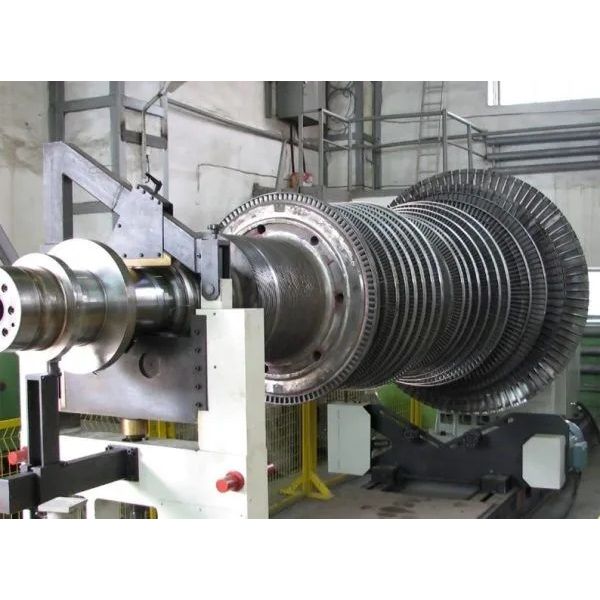
Real-Time Data and Workflow Integration
Today’s borescopes and smart remote inspection tools are not stand-alone devices. They are connected directly with computers and cloud systems, which allows for real-time sharing of images and data.
This high level of integration streamlines workflows—engineers, auditors, and decision-makers can see inspection results as they happen, no matter where they are, helping teams act quickly and keep plants running safely.
Remote visual inspection tools are deployed across virtually every phase of a nuclear plant’s lifecycle. Because of their ability to safely reach areas that would be hazardous or impossible to assess directly, borescopes have become go-to devices for both routine inspections and troubleshooting of unexpected issues.
Here are a few of the key areas and scenarios where they make a significant impact:
Pressurized Water Reactors (PWR) and Boiling Water Reactors (BWR)
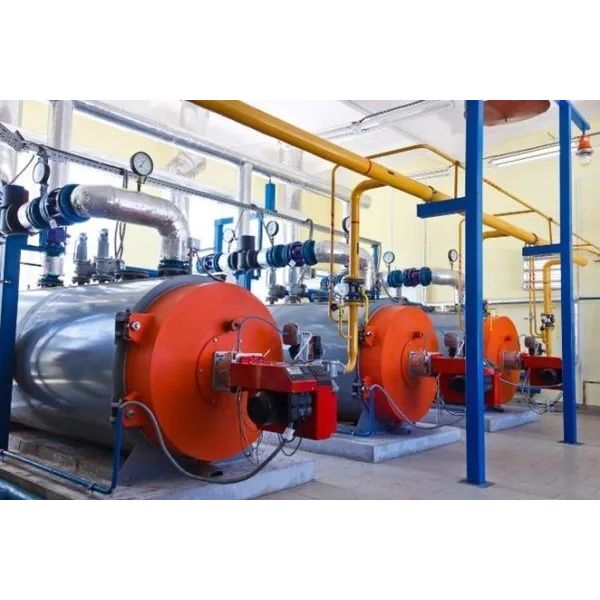
Borescopes offer a non-invasive way to inspect components of these complex plants, including reactor cores, internals, and pipework without exposing workers to direct radiation. Their flexibility allows operators to gain close-up views of welds, joints, and internal surfaces—vital for early detection of wear, cracking, or corrosion before issues escalate.
Steam Generators and Heat Exchangers
These systems are critical for the functioning and safety of any reactor, but they are also some of the hardest areas to inspect because of their compact, high-temperature, and high-pressure environments. Borescopes play a key role as they are able to navigate the tightest areas, allowing operators to identify blockages, scaling, or damage that would otherwise be too challenging to assess.
Fuel Pools and Containment Areas
Spent fuel pools and the integrity of containment areas are aspects that need regular inspection, as they are essential for safety. However, visual access isn’t always possible or safe. With borescopes, teams can assess the structural condition, cleanliness, and security of areas that may be submersed or sealed—without breaching containment compliance or risking contamination.
Outage Maintenance and Routine Surveillance
During scheduled outages, time is of the essence. Delayed restoration of power can be extremely costly and even lead to increased safety risks. Here, borescopes enable quick, high-resolution inspections of pumps, valves, turbines, and other difficult-to-reach plant infrastructure to minimize downtime.
Decommissioning and Radioactive Waste Management
Nuclear power facilities require inspections not just when they are working, but even when systems are being dismantled. In these scenarios, borescopes play an important safety role by helping operators examine pipework, waste vaults, and equipment during delicate processes. They can also help verify decontamination, check for remaining radioactive material, and document internal conditions before dismantling.
Remote visual inspections in nuclear power plants leverage quality technologies and a structured and efficient process designed with safety, compliance, and accuracy in mind.
Key steps include:
- Planning and Preparation: During this stage, decision-makers and specialized operators identify target areas, review safety protocols, and choose the right tools to ensure efficient and safe inspections. The right borescope will depend on the plant’s technology, facility, and specific needs.
- Setup and Calibration: After assembling the equipment, specialists will connect the borescope to monitoring systems and calibrate cameras to ensure precise imaging. All devices are checked before entering the inspection zone.
- Guided Inspection: the specialist in charge of this operation will manoeuvre the borescope through complex or confined spaces, using live video to spot wear, corrosion, foreign objects, or other signs of trouble.
- Analysis, Measurement, and Annotation: 3D and stereo vision technologies will work to measure and mark defects, compare findings with historical data, and flag areas that may require attention.
- Reporting and Records: The borescope is fully integrated with computers and cloud systems that will generate thorough reports in real time. This is essential to gain clear insights and support regulatory compliance.
- Follow-Up Actions: Depending on the findings, the inspection may trigger maintenance tasks, re-inspections, and management systems updates.
This streamlined workflow helps nuclear facilities maximize uptime, maintain the highest safety standards, and address potential issues before they become critical.
Borescopes for nuclear applications are designed with features that meet the industry’s unique needs. Here are the essential capabilities to expect:
- Radiation-Tolerant Imaging and Probes: Borescopes that are used in nuclear power plants are developed using radiation-resistant materials and protective housings. This ensures they remain reliable and clear—even after repeated use in high-exposure environments.
- Flexible Articulation and Manoeuvrability: Advanced articulation features let operators steer and maneuver the camera tip through tight corners, irregular spaces, and complex piping. These borescopes are also equipped with joystick or fingertip control for more precise management.
- High-Resolution Imaging and 3D Capabilities: Borescopes with high-definition sensors and 3D/stereo vision technology do more than just capturing images—they also measure, model, and analyse even the smallest defect. This information is essential for a comprehensive, data-driven analysis and informed decision-making.
- Real-Time Data Sharing and Workflow Integration: Because of the full integration with cloud systems, inspection results can be shared instantly across teams and integrated directly into maintenance or compliance management systems.
- User Experience and Support: While borescopes leverage highly advanced technologies, they remain easy-to-learn and easy-to-use thanks to intuitive controls and clear interfaces. However, expert training, support, and comprehensive resources are available at USA Borescopes to maximize your confidence and safety.
Whether you are a manager at a nuclear plant or a specialist looking to improve safety and efficiency in your industry, having a trusted partner for nuclear inspections is essential to uphold the highest standards of safety and operational excellence.
At USA Borescopes, we deliver more than state-of-the-art equipment—we offer expertise, responsive support, and tailored solutions for the unique needs of nuclear environments. With decades of experience in the field, we understand that every inspection is about more than just seeing inside a component—it’s about ensuring people, processes, and environments remain safe every step of the way.
Why Choose USA Borescopes for Nuclear Visual Inspections?
Our advanced borescopes for nuclear applications are built to excel in scenarios in which safety, reliability, and performance matter most. Our tools are designed to thrive in challenging, high-radiation conditions—while making sure that users get intuitive, actionable insights without complex processes.
Key features of our nuclear borescope inspection solutions include:
- Radiation-tolerant construction for dependable operation in high-exposure areas
- High-resolution imaging to capture essential fine detail
- Flexible articulation to access the most challenging components and pipework
- 3D measurement and stereo imaging for precise defect analysis
- Field-replaceable components to minimize downtime and cost
- User-friendly interfaces designed for quick training and confident operation
- Real-time data sharing for collaborative decision-making
- Comprehensive support, including training, documentation, and technical assistance
Beyond offering a growing range of premium borescopes, we also offer highly trained support staff, flexible purchasing options, and a commitment to ongoing innovation.
Our Commitment—Support That Goes Beyond the Tool
Working with USA Borescopes means more than just finding quality pieces of equipment. We ensure our clients receive 360° support through:
- Dedicated onboarding and device training, available onsite or virtually
- Updated user resources to help you become an instant expert
- Fast, knowledgeable customer service when you need it most
- Tailored configuration for your unique inspection needs
Ready to Elevate Your Nuclear Inspections?
Whether you are ready to schedule a demonstration of our products, looking for more detailed specifications, or want expert advice on building the perfect inspection toolkit for your nuclear power facility our team is here to help.
